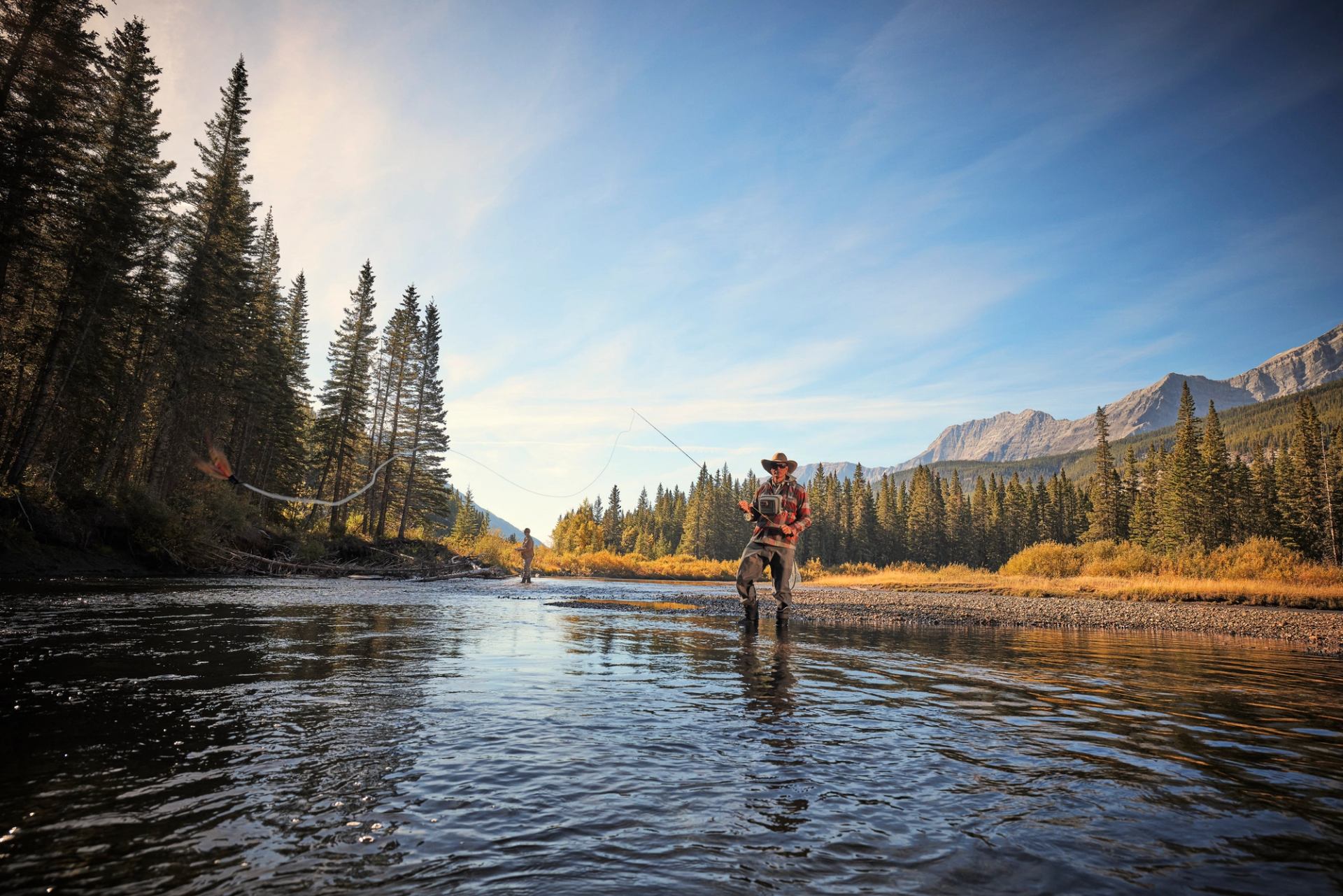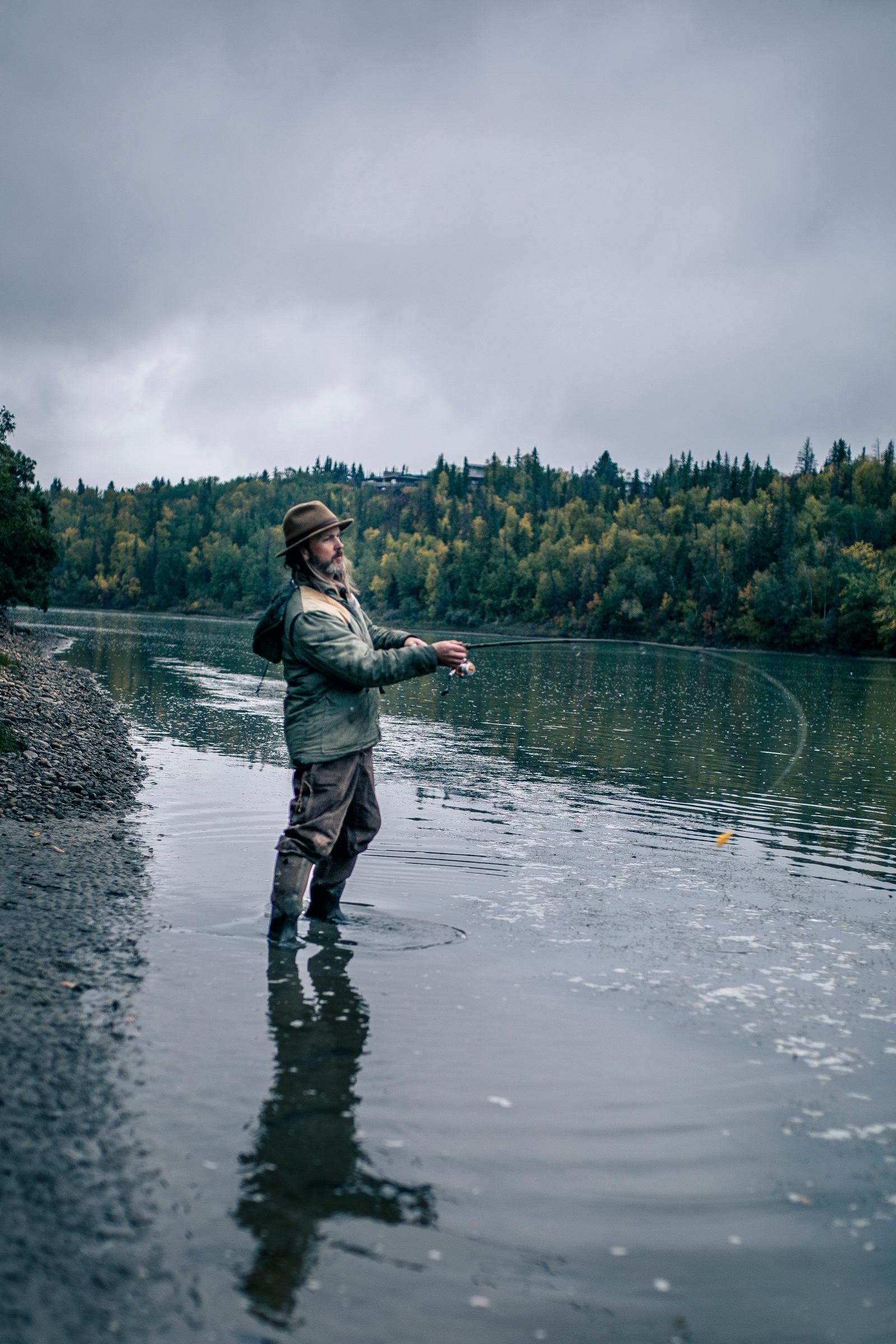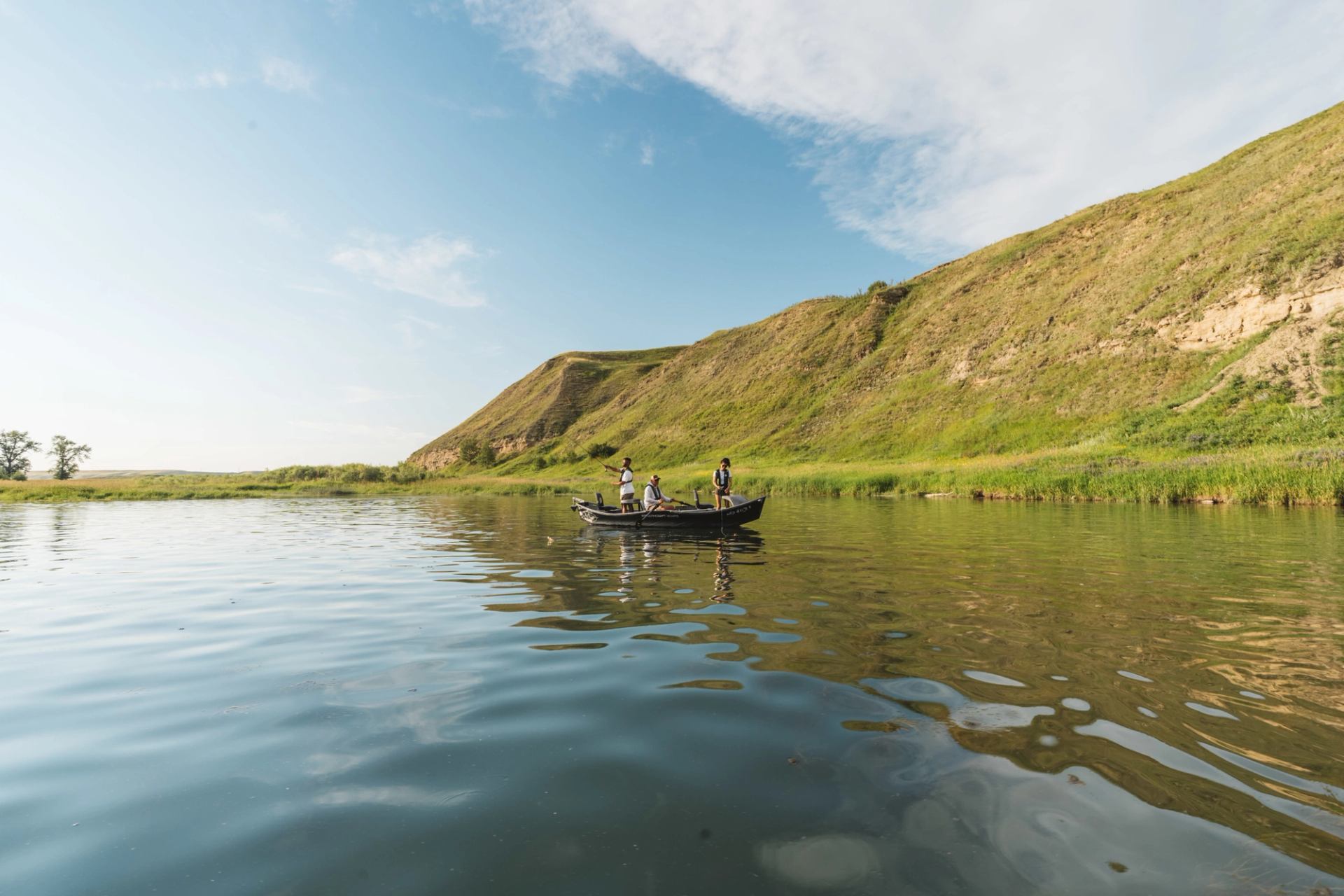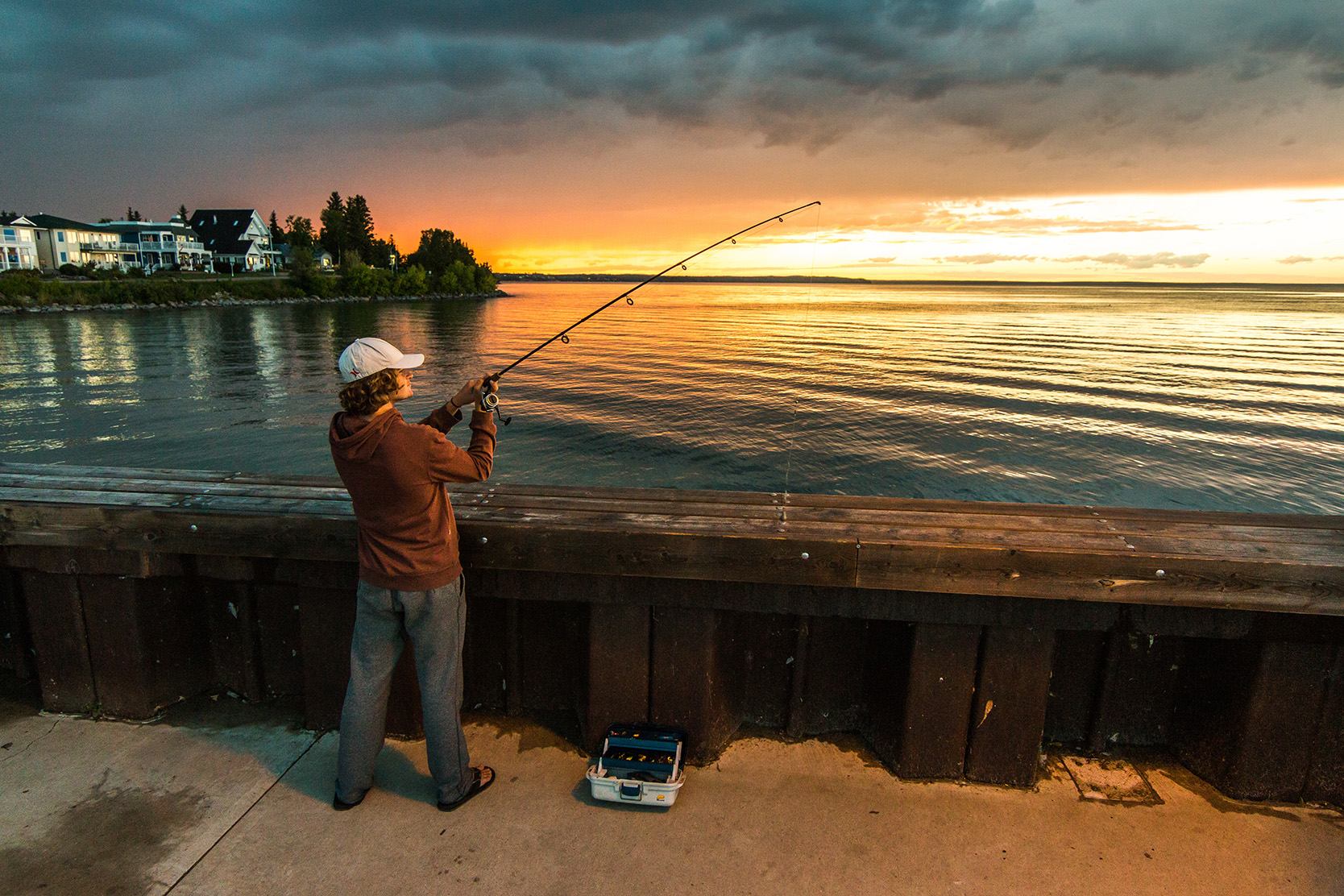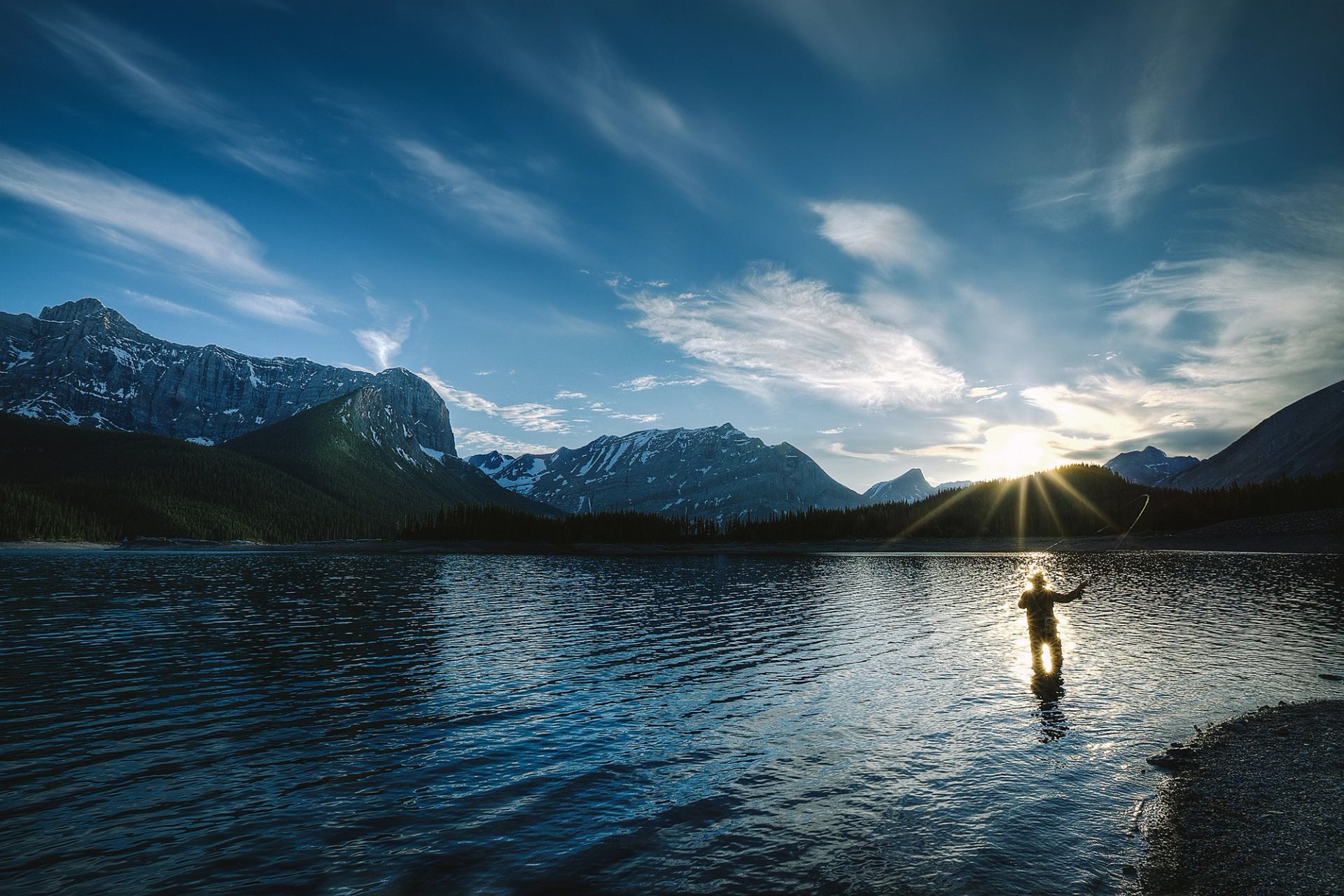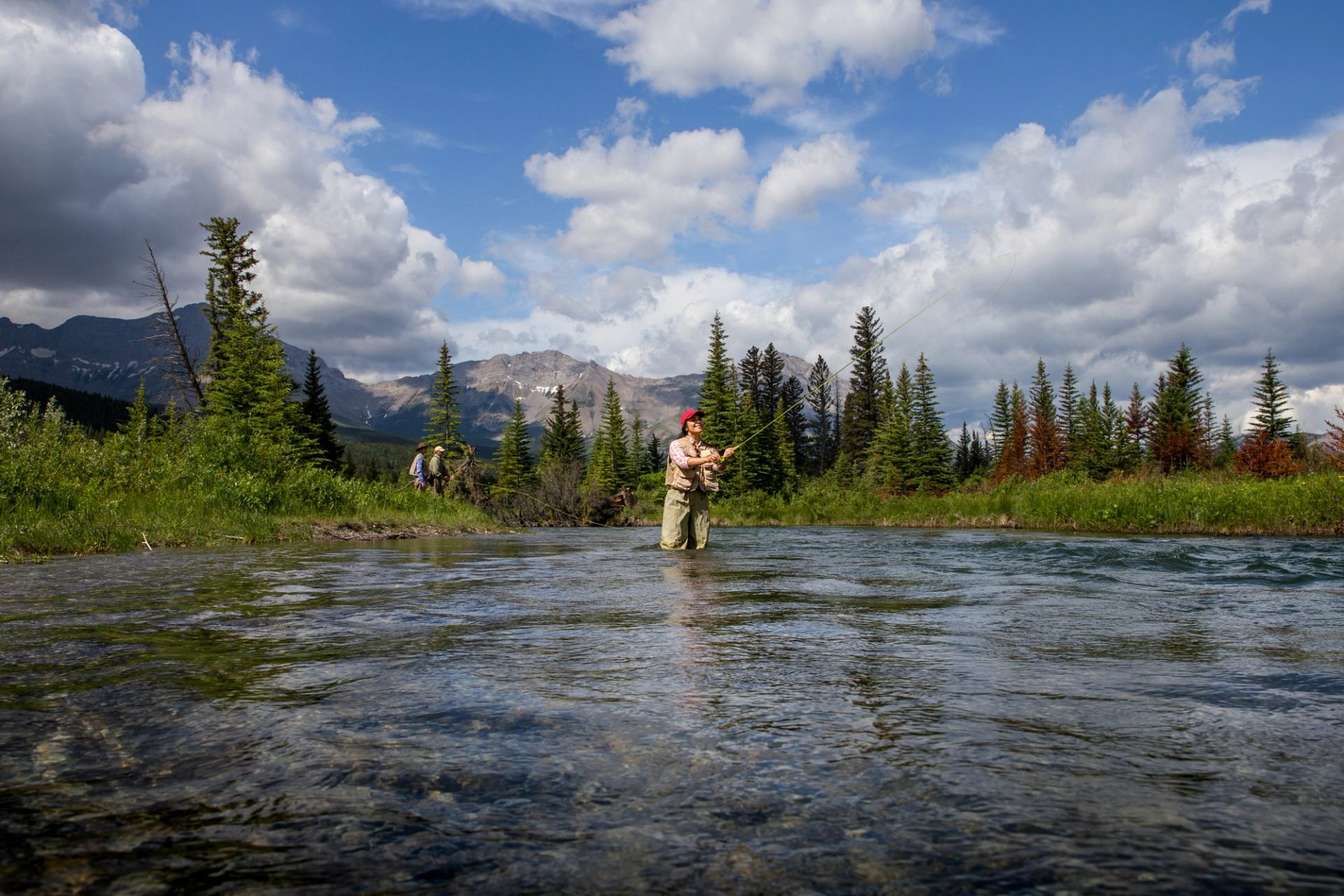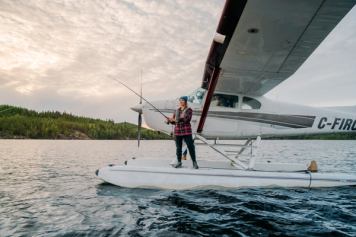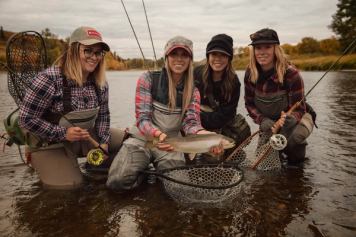If you look at a map, you might notice that Alberta doesn’t have a lot of blue on it. That blue represents water, of course, and it translates to fewer lakes, and therefore fewer places to fish, than even the other prairie provinces.
But don’t let that colour scheme fool you. What the province may lack in quantity, it more than makes up for in quality.
“Alberta has amazingly diverse fisheries,” says Andrew Clough, a fisheries technician with the Alberta Conservation Association. “From great prairie fishing in our southern reservoirs, to high-mountain streams full of cutthroat trout and Arctic grayling, to huge rivers with monster, prehistoric sturgeon. All things considered, it’s a great place to fish.”
In addition to his day job, Clough is a lifelong angler who’s been hanging around the province’s lakes, streams and rivers since he was four years old.
Here are some of his favourite spots around the province—just make sure you’re up to date on the latest fishing regulations before you drop a line.
